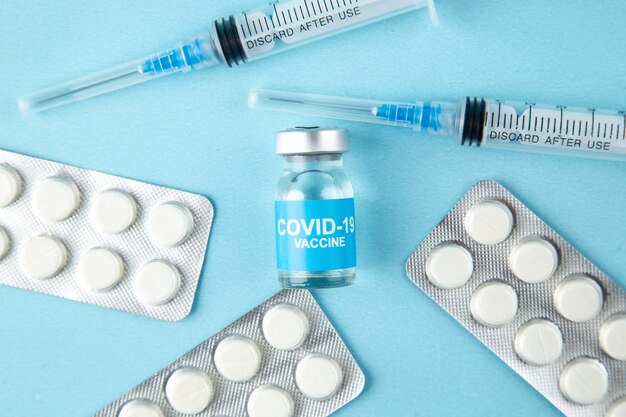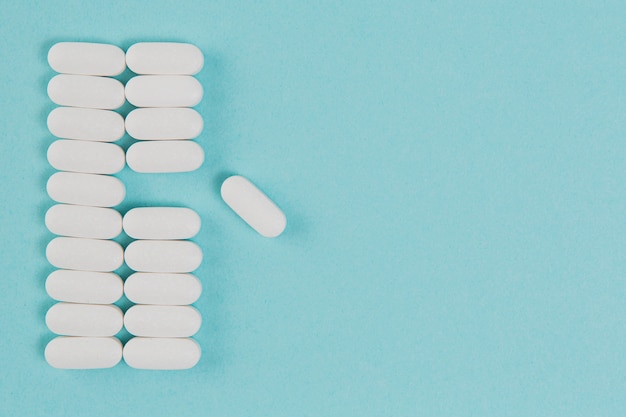
For a safer and healthier food environment, it’s important to maintain good food hygiene and safety practices. Even after training, many people forget the basics of food safety in their daily cooking routines. Whether you’re cooking at home or running a professional kitchen, avoiding these common mistakes is key.
1. Hand Hygiene
Proper handwashing is crucial but often overlooked. Many people think a quick rinse is enough, but you should scrub with soap for at least 20 seconds, especially before cooking and after handling raw foods like meat or seafood. This prevents the spread of dangerous pathogens like Salmonella and E. coli.
2. Cross Contamination
Cross contamination happens when bacteria from raw foods transfer to cooked or ready-to-eat items, often through shared tools or cutting boards. Use separate boards for raw meat and clean all surfaces and utensils thoroughly after use.
3. Ignoring Expiry Dates
It’s easy to forget about expiry dates, but consuming expired food can be harmful. Always check expiration dates before using any product, and rotate your stock to use older items first.
4. Food Storage Temperatures
Storing food at the wrong temperature allows bacteria to grow. Keep perishable foods out of the “danger zone” between 5°C and 63°C by refrigerating them promptly below 5°C.
5. Thawing Food
Thawing food on the counter is a common mistake, as it may allow bacteria to multiply. Instead, thaw in the fridge, under cold water, or in the microwave.
6. Personal Hygiene
The hygiene of the person preparing food is as important as the ingredients themselves. Always wear clean clothes, tie back hair, and avoid cooking if you’re unwell.
7. Cooking Temperatures
Cooking food to the right temperature kills harmful bacteria. Rushed meals are often undercooked, so use a food thermometer to ensure the correct internal temperature.
8. Reusing Utensils
Using the same utensils for raw and cooked food risks cross contamination. Use different utensils for each and clean them thoroughly.
9. Washing Produce
Even if fruits and vegetables look clean, they might carry bacteria or pesticides. Wash them under running water, and scrub firm produce like melons with a brush.
10. Cleaning Kitchen Surfaces
Kitchen surfaces can harbor bacteria from raw food. Clean and disinfect all areas after preparing food, especially following raw meat.
To maintain food safety, regularly remind yourself of these common mistakes and actively work to avoid them. This ensures that the food you prepare is both safe and nutritious. By being aware and proactive, you’ll improve your cooking safety skills significantly.
For those interested, The Knowledge Academy offers courses to deepen your understanding of food safety principles.









